Mitosis
Mitosis is a type of cell division in which a single parent cell divides to produce two daughter cells that are genetically identical to each other and to the parent cells that divided to form them. That is, mitosis allows equal transfer of chromosomes from the parent cell to two resulting daughter cells. Therefore, in mitosis no change in chromosome number occurs. This division results in production of new cells that act in replacing the old, damaged or lost cells. In this way, the new cells aid in growth and development of the body. In addition, mitosis also plays an important role in the development of embryos.
Mitosis is divided into several stages.
Stages of Mitosis
Interphase
This is the initial stage. However, it is not included in mitosis since it comes before cell division starts. In this stage, DNA is imitated but the chromosomes are not yet condensed and appear as loosely coiled chromatin (substance in the nucleus of a cell having DNA as well as protein)
Its nuclear membrane remains intact to prevent the molecules of the DNA from mutating.
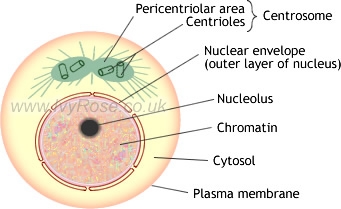
Prophase
In its early stage, chromatin fibres cut down to chromosomes that can be seen using a light microscope. Later, the nucleolus disappears making the envelope of the nuclear and the centrosomes, two in number, start forming the miotic spindle which is a combination of microtubules. As the miotic spindle lengthens, centrosomes are forced to move to the opposite sides of the cell. As a result, the spindle apparatus in the cell move to the opposite sides.
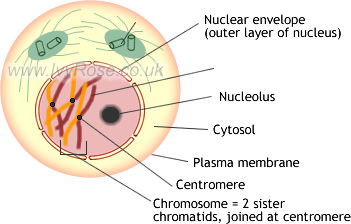
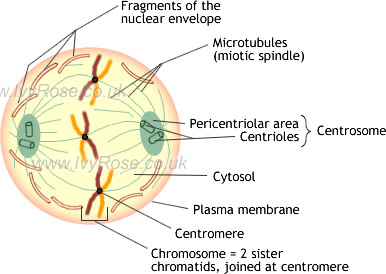
Metaphase
Here, pairs of chromatid line up at the metaphase plate (mid-point area within the cell characterized by centromeres) attached by spindle fibres to the centromeres.

Anaphase
Here centromeres splits into two untying the chromosomes into two sister chromatids. These chromatids appear as V-shaped due to the pulling force acting at the centromere. This force is caused by shortening of the spindle fibres thus, dragging the sister chromatids in the direction of the poles.
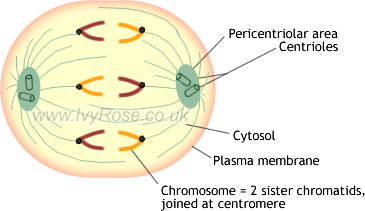
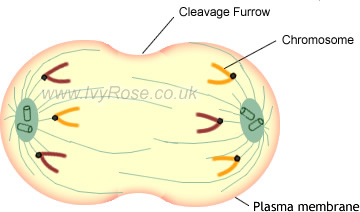
Telophase
This stage commences when movement of the chromatids (daughter chromosomes) stops. This occurs when the chromosomes reach the respective pole. Nuclear envelope restructures around the chromatin mass forming nucleoli. As a result, Cleavage furrow is developed making the miotic spindle cut.
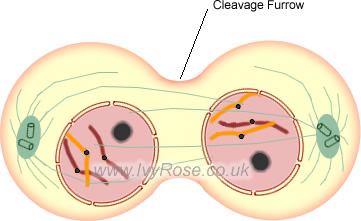
Cytokinesis
Here, the daughter cells split making it the last stage. The cleavage furrow formed during the telophase eventually breaks forming two separate daughter cells with equal number of chromosomes having similar genetic qualities. After this final stage, the cycle repeats itself.
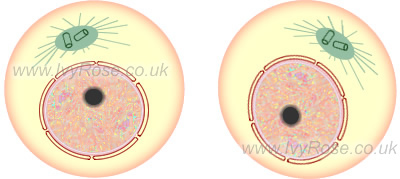
Meiosis
This refers to a type of cell division in which the parent cell divides to form four daughter cells each having half the number of chromosomes (23 chromosomes) as the parent cells (46 chromosomes). In animals, it is a process that is used in formation of gametes that is, egg and sperm cells whereas in plants, it produces spores. It is therefore important in sexual reproduction. In addition, it enhances genetic diversity in gametes.
There are two different cell divisions that occur during meiosis namely: Meiosis I and II.
Meiosis I
Here cells are doubled but chromosomes are not.
Stages of Meiosis I
Prophase I
In this stage, homologous chromosomes align alongside each other in pairs forming a tetrad. The chromosomes twist, nuclear membranes starts to break up and centrosomes move away from each other.
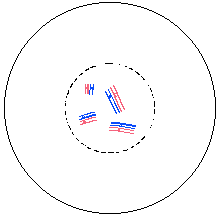

When the two chromosomes twist, they may switch fragments. This process is referred to as crossing over. Crossing over can occur at different points in homologous chromosomes.

The areas that remain attached after switching fragments are referred to as chiasmata. Here, each chromosome has one kinetochore.spindle fibres then start to move the chromosomes to the middle of the cell.
Metaphase I
In this stage, homologous chromosomes line up in the middle of the cell held by spindle fibres.
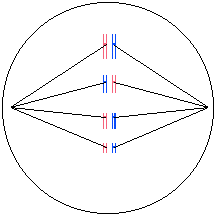
Anaphase I
Here, homologous chromosomes begin to separate moving to opposite poles. This is due to shortening of the spindle fibres.
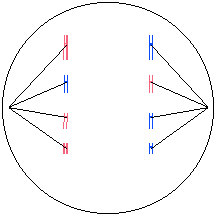
Telophase I
At this stage, chromosomes have already reached the poles and thereafter, nuclear membrane begins to form. Nucleoli also appear. Two daughter cells are then formed each having 23 single chromosomes.

Meiosis II
This division is similar to mitosis in which the number of chromosomes does not change.
Stages of Meiosis II
Prophase II
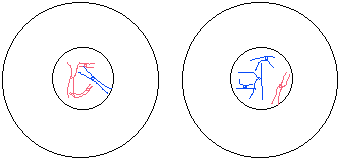
Metaphase II
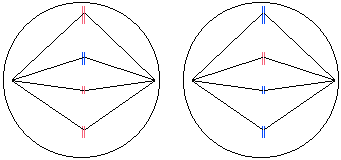
Anaphase II
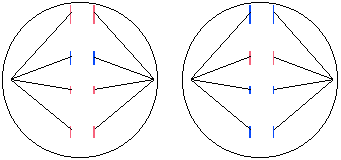
Telophase II
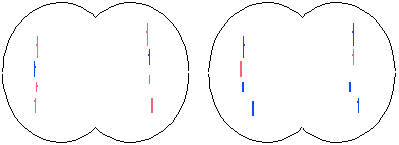
Daughter Cells

Conclusion
At the interphase stage (in mitosis), there is only one cell present but after cytokinesis, two identical cells are formed.
Mitosis results in two daughter cells with the same number of chromosomes as the parent cell whereas in meiosis, four daughter cells are produced each with half the number of chromosomes as the parent cell.
In mitosis, there is only one type of cell division while in meiosis; there are two cell divisions involved.
Crossing over occurs in meiosis but does not occur in mitosis.
In meiosis there is pairing of homologous chromosomes while in mitosis pairing of homologous chromosomes is not there.